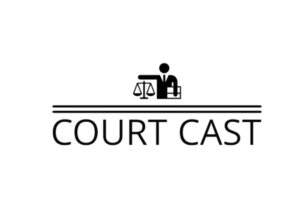Bottles of Johnson & Johnson baby powder line a drugstore shelf in New York on October 15, 2015. (REUTERS/Lucas Jackson/File Photo)
Companies
Johnson & Johnson
A fresh legal wave crashes onto Johnson & Johnson’s shores as the company faces a new class action lawsuit. Filed in New Jersey federal court, the lawsuit demands medical monitoring for women diagnosed with cancer, or those who may develop it in the future, allegedly due to the use of J&J’s baby powder and other talc products.
This suit is a pioneering move, seeking regular cancer screenings for talc users, potentially involving thousands of women. Notably, this group would exclude the 61,000 individuals who have already pursued personal injury claims, alleging that J&J’s talc contains carcinogenic asbestos.
J&J stands firm, asserting that their talc is safe, asbestos-free, and non-carcinogenic.
The law firms spearheading this case challenge J&J’s $6.48 billion settlement proposal aimed at resolving the bulk of talc-related claims via a prepackaged bankruptcy. These firms are also pushing for a separate class action to halt the bankruptcy plan, which requires a 75% approval rate from talc claimants, with voting concluding on July 26.
Erik Haas, J&J’s worldwide VP of litigation, criticized Monday’s lawsuit as a ploy by plaintiffs’ lawyers to derail the bankruptcy plan for their financial gain. He urged these firms to let their clients decide on the settlement offer independently.
Contrarily, the opposing lawyers refute the fee-driven accusations, arguing that the bankruptcy settlement fails to provide adequate compensation. Chris Tisi, one of the attorneys leading the new lawsuit, emphasized the necessity of medical monitoring, stating that the bankruptcy plan’s insufficient funding does not meet the future healthcare needs of women at risk of developing ovarian cancer due to past talc use.
The new class action, along with the proposed settlement, focuses on claims that talc caused ovarian and other gynecological cancers, which comprise the majority of cases. Additionally, there are mesothelioma claims, mostly settled, that have been linked to talc use.
This isn’t J&J’s first attempt to manage talc claims through bankruptcy. Previously, the company’s strategy, known as the Texas two-step, involved forming a subsidiary to absorb talc liabilities and then declaring it bankrupt to settle claims. However, past efforts faltered as courts ruled that the subsidiary lacked the necessary “financial distress” to warrant bankruptcy.


